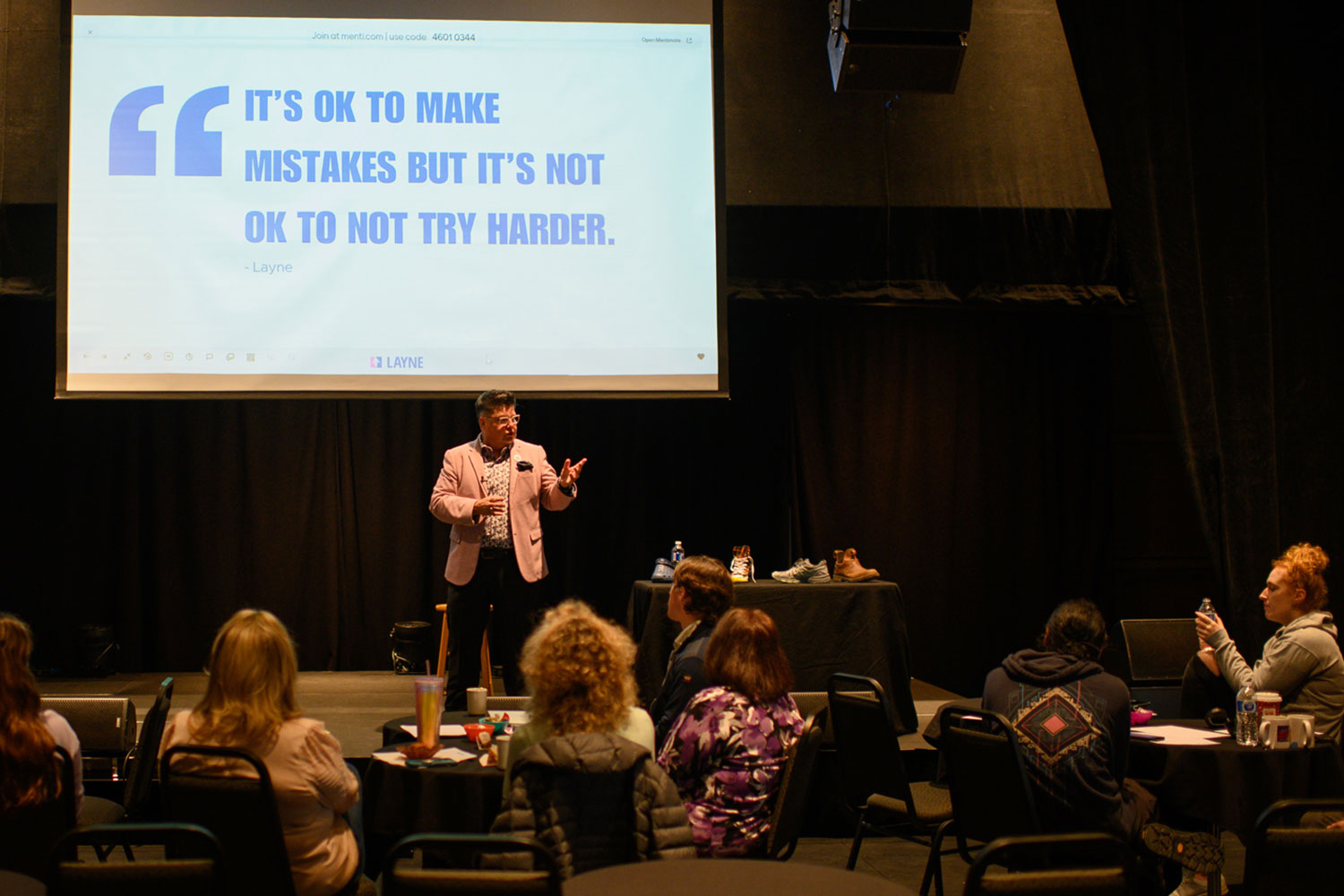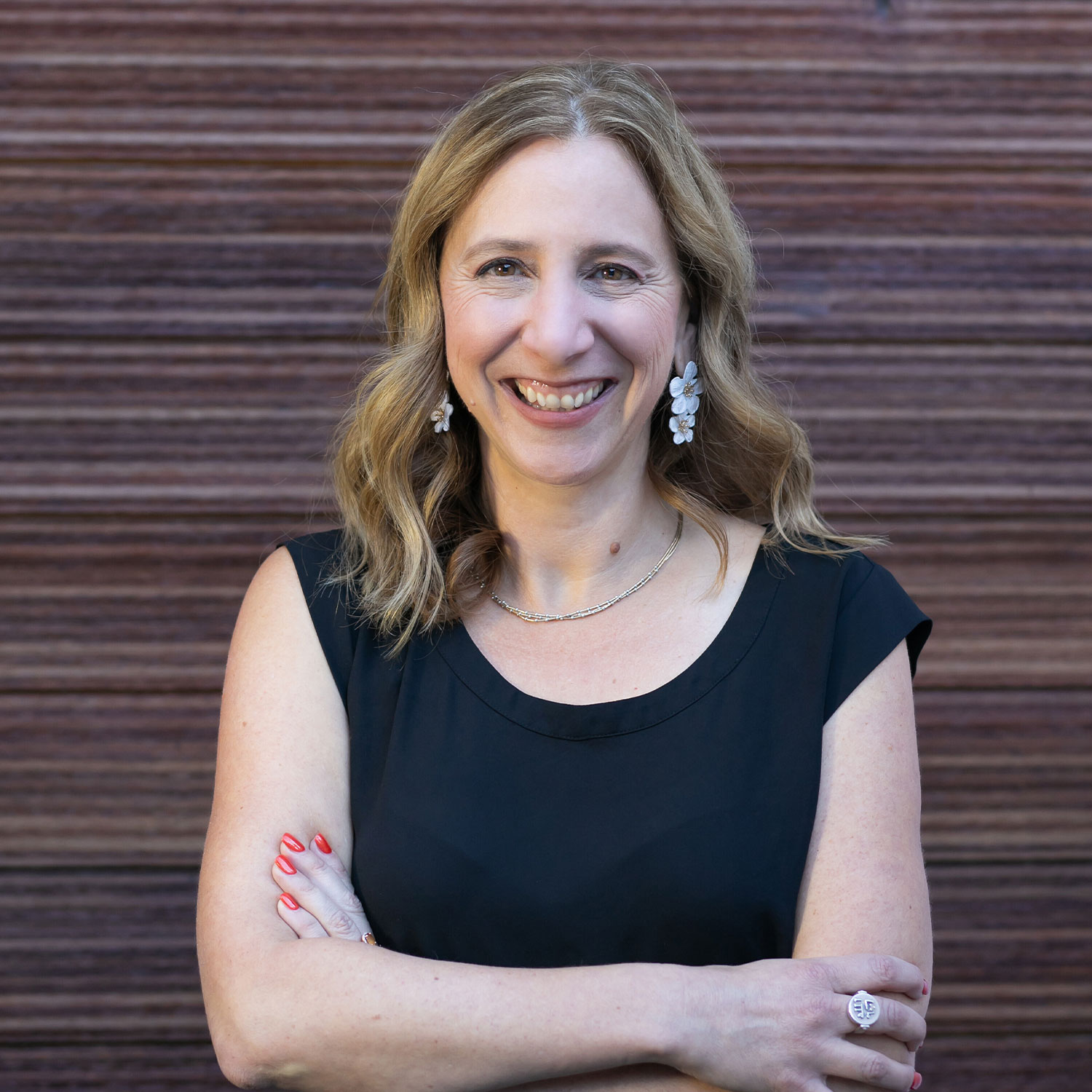How to Influence Consumer Behaviour

Fast-food restaurants have a single-use waste problem. Three million tonnes of plastic end up in Canada’s landfills each year, and half of that is packaging, according to Statistics Canada. In fact, Canadians use 1.5 billion disposable cups alone each year. A&W Canada thinks that’s far too many.

Over the past few years, many fast-food companies have tried to crack the cup problem. In 2021, some Toronto-area Burger King and Tim Hortons restaurants tested out reusable cups through TerraCycle’s Loop pilot program, which collects, cleans and redistributes reusable packaging. But systems like these require customers to put in effort: pay a deposit, Scan a QR code, download an app and return items to a specific collection spot. Sustainability advisers say any friction may deter customers from committing.
A&W Canada took a different approach. “We came up with the simplest option to get people to start changing their behaviour,” says Angela Griffiths, strategy manager and vice-president of food safety, animal welfare and environment at A&W Canada. In the burger chain’s latest eco-friendly effort, it zeroed in on diverting cups from landfills with the introduction of its One Cup program: Pay $3 for a reusable cup and exchange it for a clean one on your next visit—no fussy rules or inconvenient caveats.

The challenge was designing a reusable cup that people would actually use. The brand first tested 650-mL cups, but customers said they were too big. Meanwhile, staff suggested the cups should fit underneath all the machines and include markings to show different serving sizes.
A&W Canada had initially tried to tackle the issue in 2022 with its Zero Cup, a fully compostable and recyclable cup without a lid or plastic liner. But customers didn’t like the “papery” taste, so the program wasn’t expanded.
After 18 months of ideation, sourcing and testing, the chain created a new reusable 590-mL cup, and in October 2023, A&W Canada launched its One Cup program. The cup is made of recyclable polypropylene and can hold any drink on the menu—from a hot coffee to a root-beer cream freeze. Upon exchange, the cups are cleaned in a high-temperature sanitizing dishwasher alongside A&W’s iconic glass root-beer mugs and then put back into circulation.
So far, the program has diverted 200,000 cups from landfills, and the company aims to hit the one-million mark this year. To encourage guests to switch up their habits, A&W Canada set up a booth near a Toronto university campus and had the “A&W Guy” from its ads hand out free One Cups to students, which resulted in a viral TikTok with one million views. To get staff to recommend the One Cup to customers, the brand held an official contest: Stores that sold the most cups were rewarded with gift cards and pizza parties.
Related: 10 Smart Eco-Friendly Swaps for Items You Use Every Day
For other restaurants aiming to promote a change in consumer habits, Griffiths suggests investing time in testing to make a product people actually want to use. “Think about the design, the feel and the look,” she says. “It has to be something that’s appealing to your target audience.”










